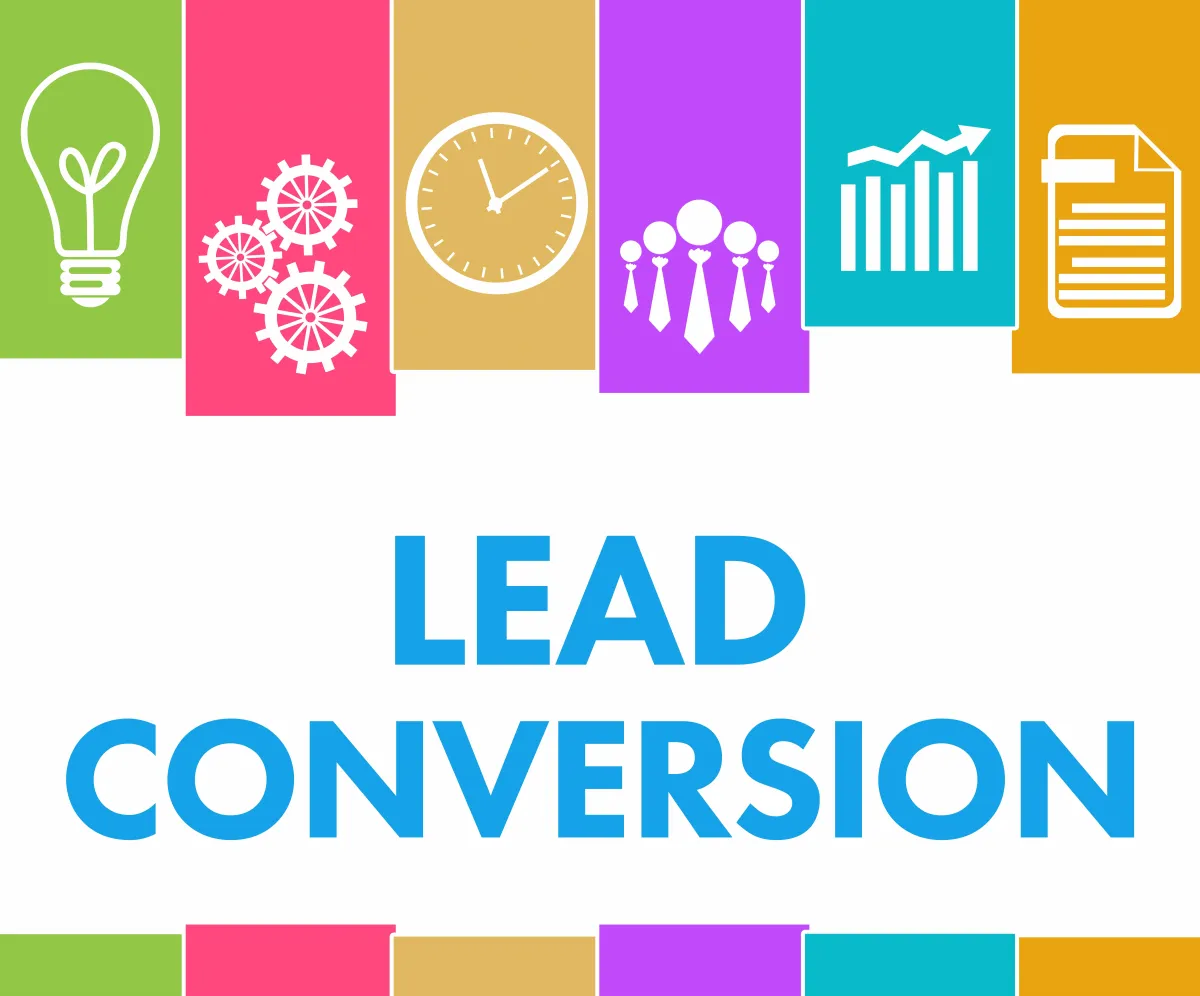
What is Lead Conversion and Why is it Important?
In the realm of business, converting leads into customers is the ultimate goal. It's the pivotal moment when interest transforms into action, turning a lead into a customer.
At its core, lead conversion involves persuading a prospect (or they convincing themselves) to take a desired action, typically making a purchase or subscribing to a service. Lead conversion starts where lead generation ends. This journey from prospect to customer is a nuanced process, influenced by various factors including marketing efforts, product quality, and customer experience.
Why is Lead Conversion Important?
Maximizing Marketing Efforts
Businesses invest heavily in marketing to generate leads. Without effective lead conversion, these efforts and investments yield little return. Converting leads ensures that marketing dollars are well spent.
Driving Revenue Growth
Lead conversion directly impacts a company’s bottom line. More conversions mean more sales, which drives revenue growth and supports business expansion.
Building Customer Relationships
Successful lead conversion fosters strong customer relationships. Converting leads into satisfied customers paves the way for repeat business, referrals, and long-term loyalty.
Enhancing Brand Reputation
When leads are effectively converted into happy customers, they are more likely to share their positive experiences, thereby enhancing your brand's reputation and credibility in the market.
Optimizing Resource Allocation
By focusing on converting high-quality leads, businesses can optimize their resource allocation, ensuring that time and effort are spent on prospects with the highest potential for conversion.

Steps to Effective Lead Conversion
Understand Your Audience
Many businesses struggle to convert leads because they don’t fully grasp what their audience wants. Spend time researching and developing detailed buyer personas. Know your prospects’ pain points, preferences, and buying behaviors. Tailor your marketing messages to meet their specific needs and offer relevant solutions.
Optimize Your Sales Funnel
Streamline your sales process to create a smooth journey from awareness to purchase. Remove any obstacles that might deter prospects and ensure each stage of your funnel is designed to engage and convert.
Craft Compelling Offers
Create engaging, personalized offers that resonate with your target audience. Highlight the unique value and benefits of your product or service and use clear, persuasive calls-to-action to prompt immediate responses.
Leverage Social Proof
Use testimonials, case studies, and reviews to build credibility and trust. Showcasing real-life success stories and positive feedback from existing customers can significantly influence prospects’ decisions.
Follow Up Diligently
Implement a systematic follow-up strategy. Use nurturing via automated email sequences, personalized messages, and timely reminders to stay on your prospects’ radar. Follow up consistently but avoid being overly aggressive.
How to Calculate Lead Conversion
Understanding your conversion rate is crucial for measuring the effectiveness of your lead conversion efforts. The conversion rate is calculated using the following formula:
Conversion Rate = (Number of Conversions / Total Number of Visitors) × 100
Example Calculation:
If your website had 5,000 visitors in a month and 250 of them made a purchase, your conversion rate would be:
Conversion Rate = (250 / 5000) × 100 = 5%
A 5% conversion rate means that 5% of your website visitors are being converted into customers, which is a useful metric for assessing the effectiveness of your sales and marketing strategies.

Copyright 2025 | Prospecting
Tel: (877) 721-2597
Email: [email protected]
Cookie Policy
Terms of Use
Disclaimer

